How To Be Prepared To Cook Emergency Meals
Today’s post is to help people prepare to cook emergency meals outside. If and when we have a power outage, and we will, we need to be able to cook emergency meals. Some of you may have purchased packages of food to which you just add tepid or boiling water. Well, you will need a way to boil that water in an emergency.
I’ll give you the recommended choices because I have used all of these and stored them ready to cook food for my family. Here’s the deal: you also need fuel, so I’ll suggest some fuel options for you to use with your cooking devices.
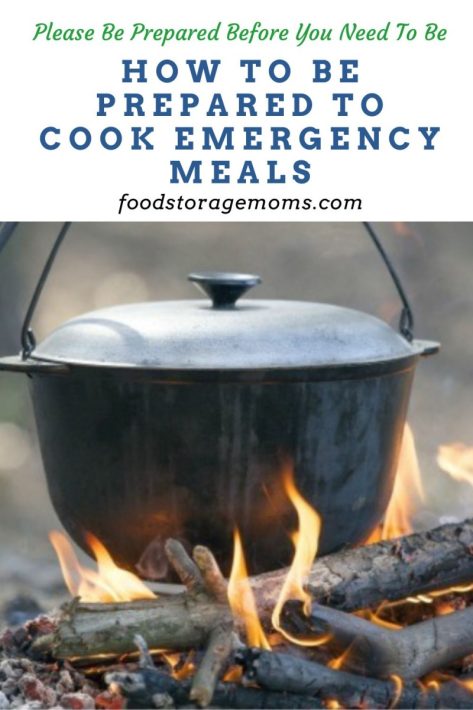
I’ve taught classes for several years on using the following cooking devices. I will say this: I have cooked inside buildings (for classes) and in my own home with a butane stove. I recently saw a box at a store containing a butane stove that stated, “designed to cook outside.”
So, I’ll leave the decision to you whether you feel safe using one inside your home. I gave all four daughters a butane stove with butane canisters. Here’s the deal: You would never cook for several hours on a butane stove. It’s designed to boil water, make coffee, heat up a meal, make some hot chocolate, or warm up a can of beans in a pan. I made sure I had good ventilation when using the butane stove, and things seemed to work fine.
Cook Emergency Meals
Butane Stove
Butane Stove UPDATE: Butane/Propane Duel Fuel Stove
Pro: Inexpensive, uses very little fuel to boil water, and you can cook emergency meals.
Con: It can only hold a small pan or pot.
Fuel: Uses butane fuel; once the fuel is gone, it can’t be used with any other fuel Butane Canisters
Kelly Kettle
Here’s my post on how to use a Kelly Kettle.
Pro: It uses pine cones, leaves, or dry twigs, basically free fuel.
Con: You may say it’s a little pricey, but you can usually gather free fuel, so for me, it’s cost-effective.
Fuel: Pine cones, leaves, or dry twigs.
Dutch Oven
I prefer a 6-quart Cast Iron Dutch Oven or smaller because of weight. The 8-quart size is too heavy for me to handle, but I know they’re popular. I also like to buy Dutch ovens with lids with a lip like this one: Dutch Oven because you can stack them when cooking meals.
Pro: They will last forever if treated and stored properly, are fairly inexpensive, and you can cook emergency meals effectively.
Con: They will rust if not properly stored and cleaned (but you should be able to salvage any cast iron pot, within reason). Like any quality cookware, you need to give them proper care after each use.
Fuel: Fire pit, wood stove if it has a cooking shelf, directly on charcoal briquettes, or lump charcoal or wood.
Lodge Cast Iron permitted me to print this cooking sheet for Dutch Ovens: Dutch Oven Chart.
Volcano Stove
Here’s a post on how to use Volcano Stove: Volcano Stove Pictures by Linda
Pro: You can boil water and cook on a grill; you can also cook emergency meals in one of these with a tent; if desired, you can use a medium-sized cast iron pot on this stove.
Con: Fairly expensive, but it uses three different fuels: wood, charcoal briquettes, and propane (make sure you have the right adaptor for the small tanks of propane and/or the larger propane tanks).
Camp Chef Stove/Oven Combo
This stove is great because I can bake a casserole or bread in the oven if I remove one shelf for the bread, anyway. Camp Chef It’s useful for more than just camping. They can prove handy when you want to cook outside for family get-togethers, neighborhood parties, and church group outings.
Pro: You can bake, fry, boil, and make just about any meal on the top of the stove or inside the oven.
Con: Uses propane; you can’t use this stove with other fuels once the propane is gone.
Fuel: Propane only; make sure you have both adaptors for the large propane tanks or the small canisters.
Camp Chef Two-Burner Stove
I love this unit because you can cook with relatively large pans. I picture boiling water for spaghetti with this baby when our neighborhood has a grid down. Camp Chef two-burner stove
Pro: Extremely sturdy and somewhat expensive, but uses fairly large pans to cook emergency meals.
Con: When you run out of propane, this unit will not work; it is relatively expensive.
Fuel: Propane only
Barbecue
Gas barbecues are a popular backyard cooking option, but they aren’t great for general meals. That’s especially true if you’re preparing meals from your emergency food supply because boiling water requires so much fuel, but they are an option.
Pro: Just about everyone has a gas barbecue.
Con: Once you run out of fuel, the barbecue is less attractive; although briquettes can be used, they are just not as efficient for general use.
Fuel: Propane and briquettes, unless you have a pellet one, but once the fuel is gone, you’re out of luck.
Fire Pit
I bought two fire pits, one from Amazon and one from Lehman’s. Lehman’s had a great sale on one, and I had to wait to have it crafted and shipped, but it was so worth the wait.
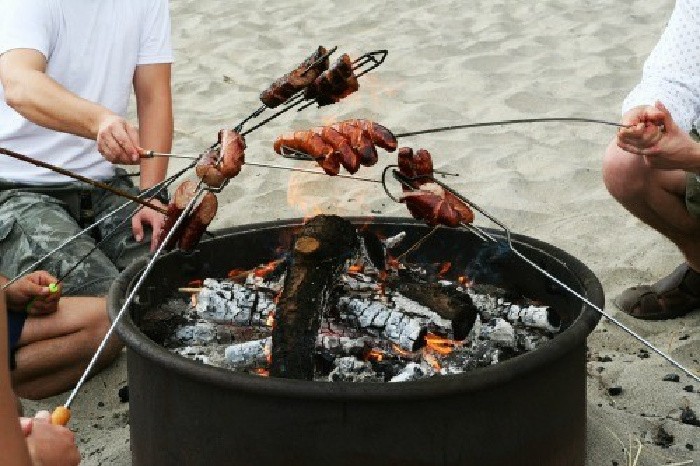
Pro: You can buy different sizes in so many other materials; I opted for copper and steel. You can build one reasonably inexpensive with bricks and add gravel inside the pit
Con: It can be expensive if you buy one premad.
Fuel: Depending on the pit material, you can use wood, charcoal briquettes, and lump charcoal
Sun Oven
I have two Sun Ovens. The manufacturer gave me one for doing a review after using the product, and then I purchased a second one because I love them so much. I lived in Southern Utah, so our area’s sunshine was pretty consistent. Sun Oven
Pro: Sunshine, if available, is free to cook emergency meals.
Con: Fairly expensive, and I don’t recommend these if you have little consistent sunshine in your area.
Fuel: Sunshine
I hope this post today gets you excited about being prepared to cook emergency meals after a disaster. Please practice now with any cooking device you may have purchased. If you haven’t already, please get them out of the box and learn how to use them. Practice cooking with them today before an unforeseen emergency hits your neighborhood. May God bless you for being prepared.
My Book: “Prepare Your Family for Survival” by Linda Loosli
Copyright Images: Firepit: AdobeStock_11610595 by Acik, Dutch Oven: AdobeStock_57870160 by svetlankahappy

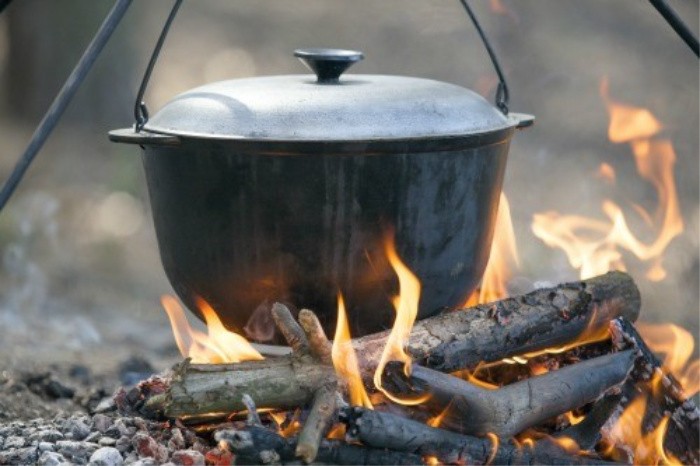

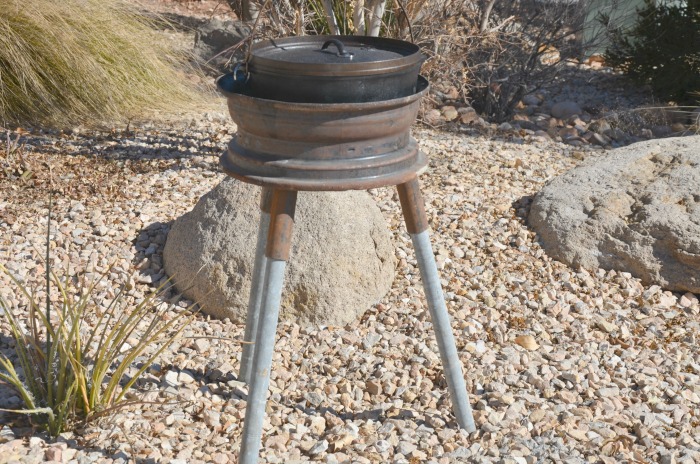

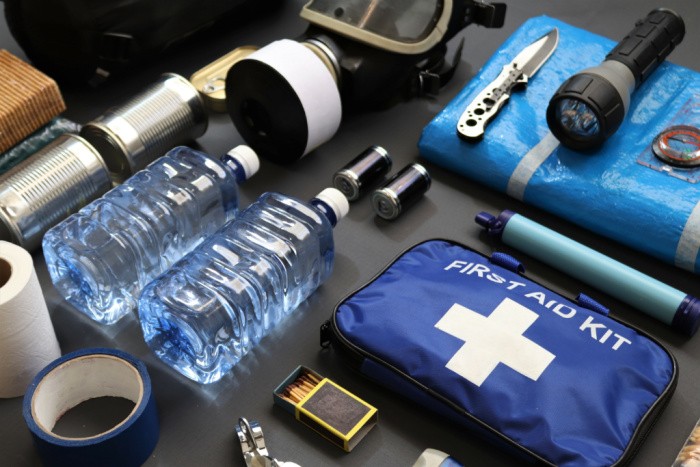
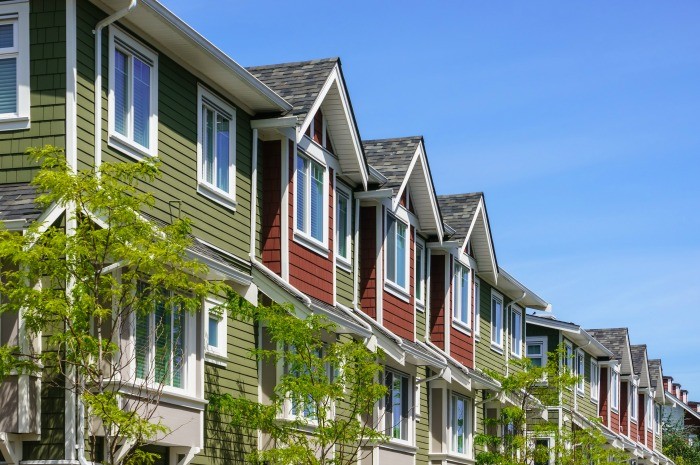
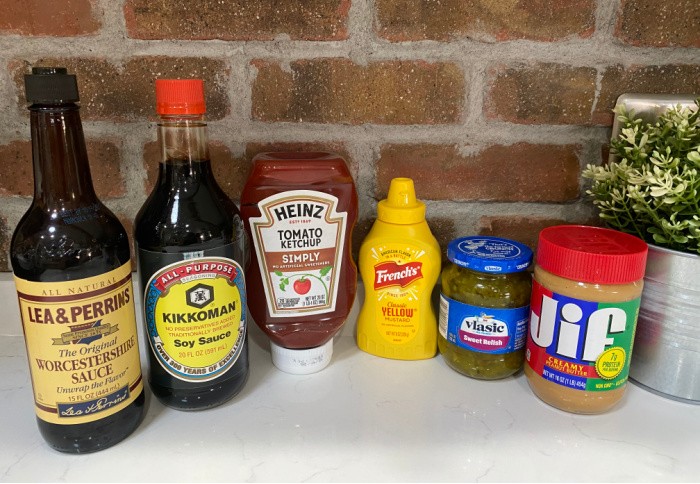
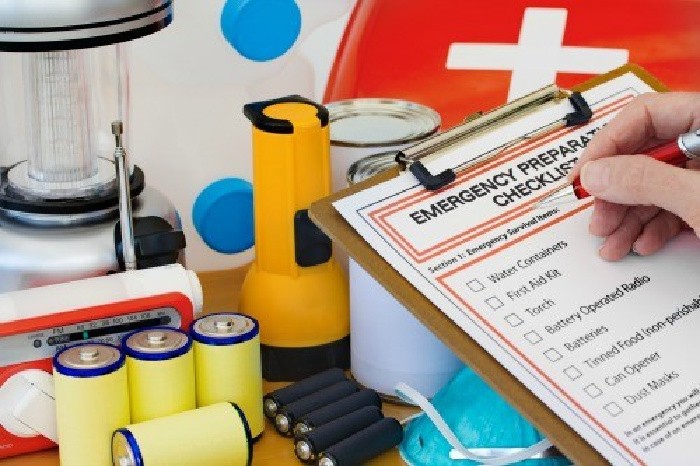
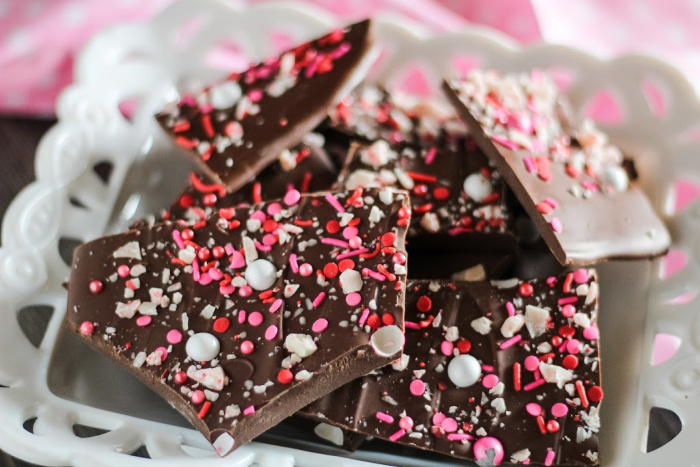
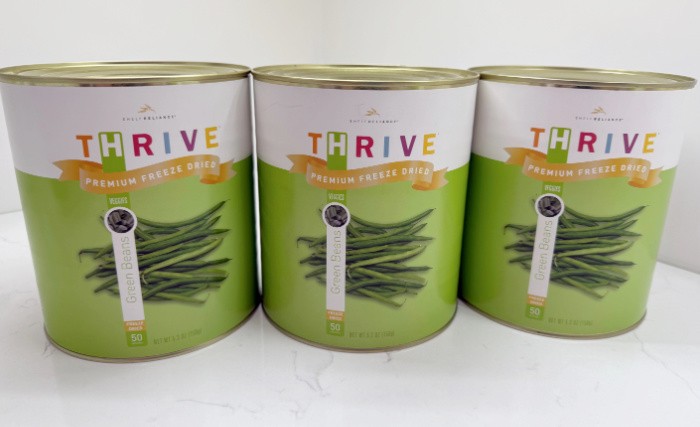
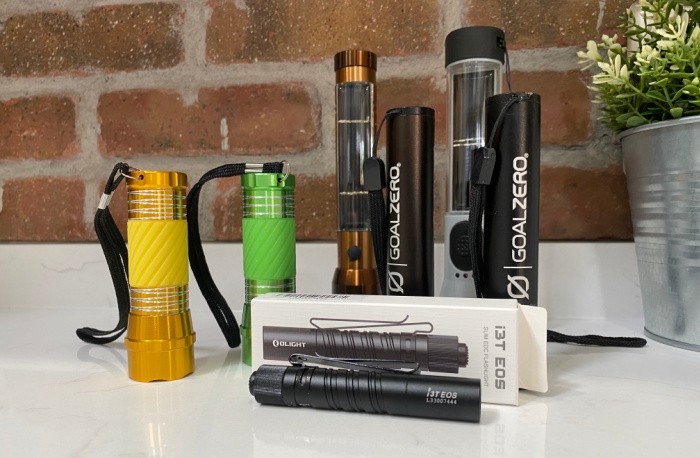
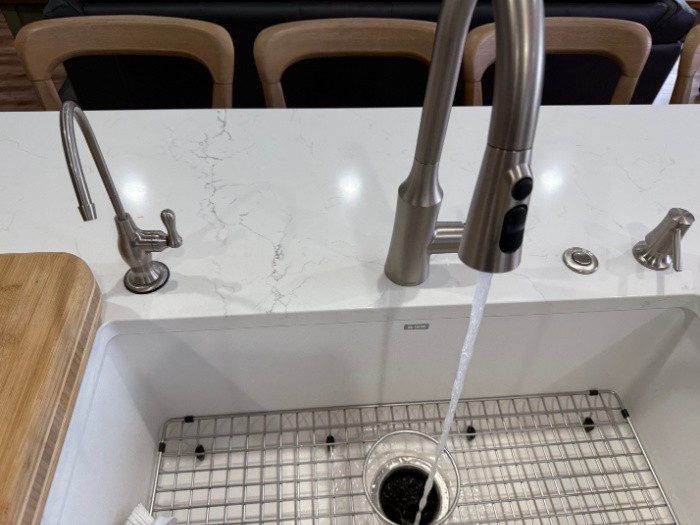
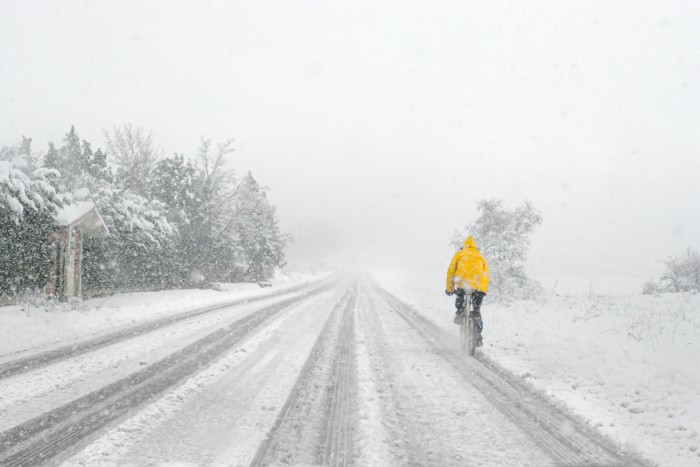

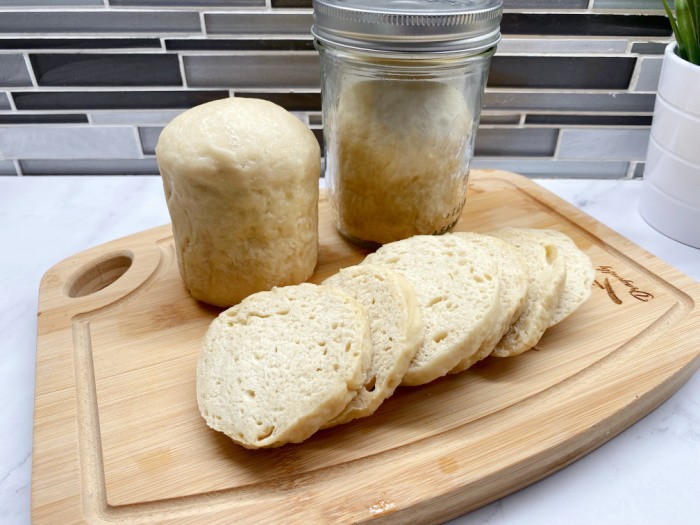
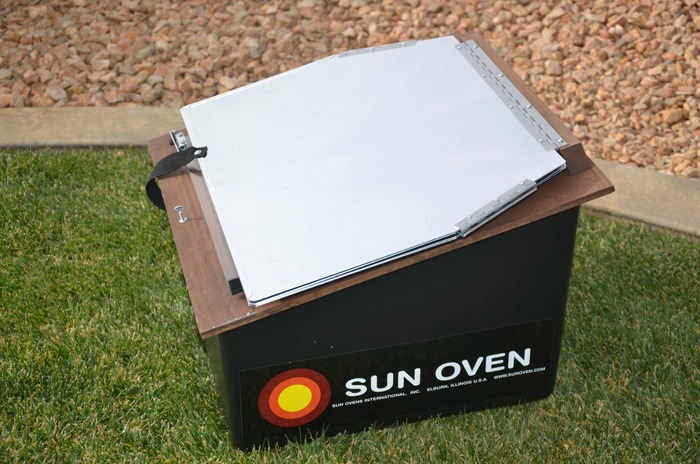
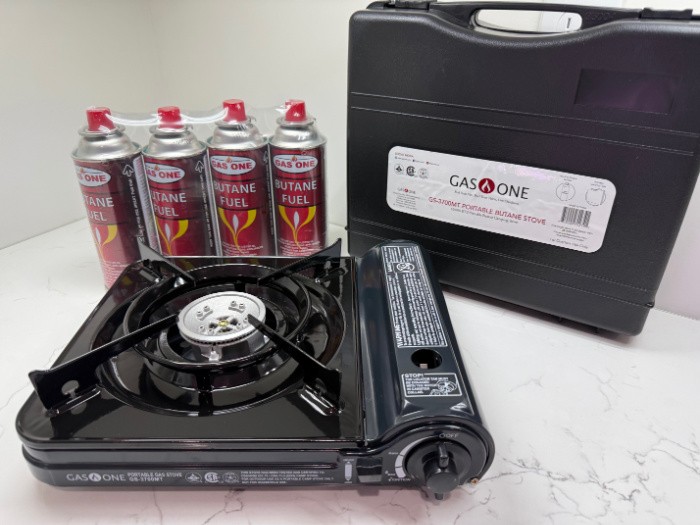

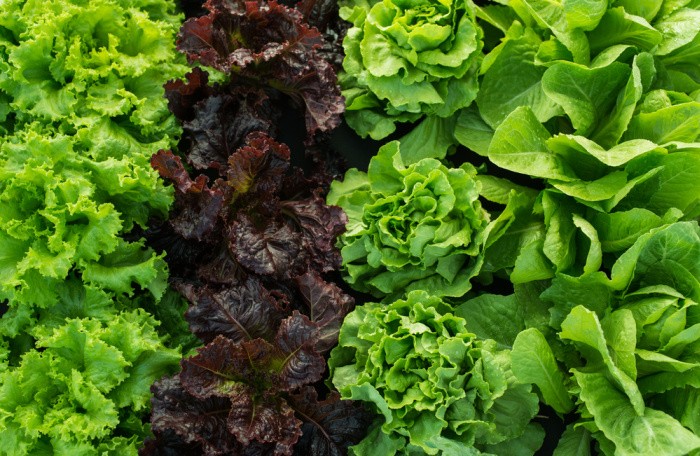
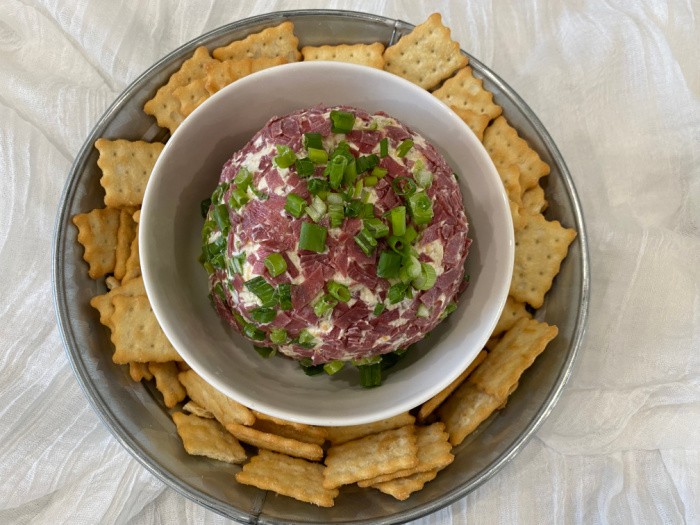

Great article, as all your articles. We cooked on our back porch during hurricane Irma and three days after due to power outages in the neighborhood. We had two 25 pound propane tanks full of fuel and three heavy duty burners. We store canned, frozen and dehydrated foods all year so we had ample to choose from. It wasn’t fun cooking on the porch but we didn’t miss a meal. Thankful we plan ahead for the worst and hope for the best.
Oh, Roland, I love your comment. I love having my readers realize what happens when others have a power outage. You’re a good example to others to prepare for the worst before it hits. Good job! Great comment! Linda
Actually there are so many ways to cook outside and I have used the innertube or truck tire with a piece of mirror and a piece of glass with a black painted pot, cooks great in the heat of the sun, especially in the desert, taught a lot of folks in Baja to cook this way.. I used the innertube as it was easier to transport.. and a window pane of glass and a black painted piece of plywood instead of the mirror. blown up tube, on top of the black plywood, with black pot and lid or glass lid, window glass over the top so as to keep the heat in…YOUR food can not over cook, just stay about 300 or more degrees with the sun hitting it, best starting on a rocket stove to bring to a boil first to shorten time.. I am making a rocket stove to blend into my garden using one of the chiminea about 3 foot tall, using stove pipe inside of it, a short foot long and a2 foot one with one elbow all in about 5 inch thin pipe, this is the kind that comes flat and you bend and snap together.. pack around the bottom part of the pipe with sand to insulate and put an old grate off of a gas stove on top.. start small pieces of paper, cardboard, my candlewax and wood shavings or what ever available and use small branches or kindling and start cooking I have cooked with just my tuna cans of wax and sawdust or small shavings, no wick needed as the bits of wood stand up out of the wax and light quickly, nothing like a frying pan of fresh caught fish tacos over a tin can stove…again, use a grate to let the heat come up to the pan….and exhaust out under the pan or the stove will suffocate. so just think of what you have and work from there, I do have a 5th wheel with a few tanks, must check them out but when in need, use what you can find..even a cardboard box with a few of the aluminum cookie trays from a dollar store can make a sun oven, let the kids try this one.. also saw where some make a HOT cooker from a satellite dish, the small ones that they put on roofs//just cover with aluminum foil or paint… but beware, it gets too hot to touch…
Hi, Jeanne, where there’s a will there is a way to cook! Great comment with fabulous tips for all to try and be ready when we need them. I love it! Linda
Great recap of items to be used to prepare MEALS. Some other items I have on hand for “inside table – top prep” is several sized Fondue Pots for heating water or the packaged food stuffs or canned products. Banquet canned heat supply or tea light candles are easy access. Yes limited fuel can be exhausted but quick and efficient for a cup of coco as you mentioned. I Also have a Quick Cook Pot that uses chemical pads activated by water for the same reason. I have some “heater meals” in stored supplies for same quick prep in a pinch. Having a fire pit, cast iron Dutch Oven, charcoal BBQ implements even a fireplace hearth can be considered.
Hi, Peggy, great comment! I love new ideas! Thank you, Linda
If you’re stuck indoors and can’t cook outside, another safe alternative are the Sterno camping stoves. Can’t quite boil water, but can get it more than hot enough to rehydrate FD meals or cook any canned food. I haven’t tried frying on it, as I suspect it’s not hot enough, but in a pinch this can get you some hot food and beverages while hunkering down inside. Obviously once you run out of Sterno cans, then this is fairly pointless, but I have some in case we’re stuck in the basement for 2 weeks, so we’re not stuck eating cold food until we can go back outside.
Hi DmWalsh, I love tips from readers that share ideas! It gives us one more idea to be prepared to cook a meal, thank you! Linda
Since I live in a rural area I am able to ask a farmer close by to give me a tractor tire rim. I have used
it many time and you can use all types of “fuel” to use in it. Also with it if you are careful and have
the right size you can use a BBQ grill to put over the flames to use it to cook on. Another thing you can
use is your rack out of your oven. Lay it across the top of the rim and you can set your pans on it. Also
with this like the portable fire pits you can move from place to place to use.
Hi June, I would have never thought to take the rack out of my oven, duh!! What a great idea. I love when we learn tips from each other! Great tip!! Linda
I live in the country and I am the last one on my electric line in a rural electric co-op. We depend on electricity to pump our septic line and our water pump, as well as just about everything else. I purposely chose a (propane) gas stove last time I had to change appliances just so we could cook in the event of a power shortage. Good thing, too – we lost power for six days after Hurricane Irma. I was able to make coffee (using a French press, pre-ground coffee beans, and stored water) and cook anything on the stove. We used paper products on which to eat and drink. Once we got our portable generator going, we were able to run the water pump. We have an outside shower with a propane on-demand heater so that is where we took care of personal hygeine. Since we knew it was coming, all the clothes had been washed ahead of time.We decided to treat the whole thing as one of our primitive camping trips. Instead of a frustrating week, we were simply mildly inconvenienced. We were glad that we were prepared!
Oh, Patti, your comment is for sure the best news to my ears in a very long time! I love hearing you and your family are so prepared, what a blessing. I really wish I had neighbors just like you! Mark and I can survive for a very long time as well. Now, if I can get my neighborhood onboard I would do cartwheels (not really I would crash) but if I could I would do a cartwheel! Keep up the good work, you rock, Linda
Thank you, Linda! I love reading your blog and I have recommended it to several people and also online. You are doing a great job educating people about self-sufficiency. I am always looking for ways to improve my own self-sufficiency. Who knows what the future holds? We have to be prepared to take care of ourselves and our families now and in the future. Thank you again. Patti
Hi Patti, thank you so much for recommending my blog to others, that means so much to me. Yes, we do need to take care of ourselves and our families. Thanks again, and keep on preparing for what may come our way! Linda
If you have to cook indoors, I saw this on youtube.com. Use a 8″ or 9″ square pan. Line it with foil. Place Tea Candles in it, side-by-side, amount will vary. Put a grate, cooking rack, etc over it. It says that a 1/2 cup of dry rice in a cup of water in a pan will take 20 minutes to cook. Use it cook make soup, canned vegetables, water for coffee/tea, etc.
Have mine ready with Hurricane season.
Hi Barb, oh my gosh, I love this! That’s a great idea! I remember hearing about those years ago and forgot about it. Good one, thank you! Linda
And everyone has a grate if they have an electric kitchen stove/range.
I’ve done this before to test boiling water.
I used one of those 100 hour candles.
I also keep that candle out with high temps causing all to use a/c every day more than usual and the possibility of losing power.
Hi JayJay, great tip, thank you, Linda
Just noticed one of the BBQ options you mention is pellet based. All the pellet grills I’ve seen rely on electricity to feed the pellets, so folks need to see if their units can run without electricity during an outage. And while I don’t have a pellet grill because my back porch doesn’t have an electrical outlet, I do have a smoker which relies on propane and wood chips for the smoke. But I was careful selecting a unit that doesn’t also need electricity (www)masterbuilt.com/products/40-inch-thermotemp-xl-propane-smoker) so I have one more option for grid down cooking.
Thanks for bringing this article back up. A timely reminder as Hurricane season ramps up.
Hi DmWalsh, I have not purchased a pellet one because they need electricity. Now, one of my daughters works for a well know pellet BBQ/smoker company. But, if you have a way to power it up with a generator or a solar generator, you could use it. They are a bit pricey for me anyway. Thanks for the tip on the Masterbuilt propane-smoker! Love it! Thank you for your kind words, my friend! Linda
Linda,
On the subject of using a butane or propane stove inside. Neither of them are any more dangerous inside than a natural gas cook stove. Too assure no problem with any of these, I would use a CO (carbon monoxide) detector. We have used our Coleman propane camp-stove inside numerous times and never had our CO detector go off.
Hi Harry, wow, that’s good to know, thank you! Yes, I have some Carbon Monoxide units ready to plug in when the house gets finished. I know the kitchens I was asked to demos with food storage used butane stoves inside a building. The boxes probably put a disclaimer for those who do not know how to use them properly. Linda
I think one important thing is to have more than one method of cooking in case one will not work. We have a gas grill, a portable charcoal grill, a propane two burner camp stove, a one burner propane stove, a fire pit with grates and dutch ovens and then our camper gas stove that does not need electricity. (Plus limited solar power in the camper.) With the exception of the gas grill and fire pit everything has been purchased at one time or another in the past 35 years for camping.
One of my childhood memories is of camping and my grandmother joining us. She traveled (at least for camping) with 2 or 3 dutch ovens, one of which belonged to her late husband’s great-grandmother, and boy, could she cook using them! People would walk by our campsite just to smell what she was cooking. I regret being an arrogant teen the last time we camped with her and never got any of her campfire recipes. My mother used the oldest dutch oven until the mid-1990’s and even after that until she had a series of strokes when she was in her later 80’s (early 2010’s) she kept it cleaned and ready to go. She tried to give it to me after that but my sister hid it and claimed not to be able to find it.
Hi Linda, I also use a Kelly Kettle for boiling water when roughing it. I find that it is the fastest way to boil water. I also use a vacuum pump pot to store the boiled water so that I have hot water hours after it was boiled. Thanks for all your tips and articles.
Hi Kathleen, that’s a great tip, boil the water and put it in vacuum pump pot or thermos! Thank you for your kind words! I love the Kelly Kettle because it uses so little fuel. Linda